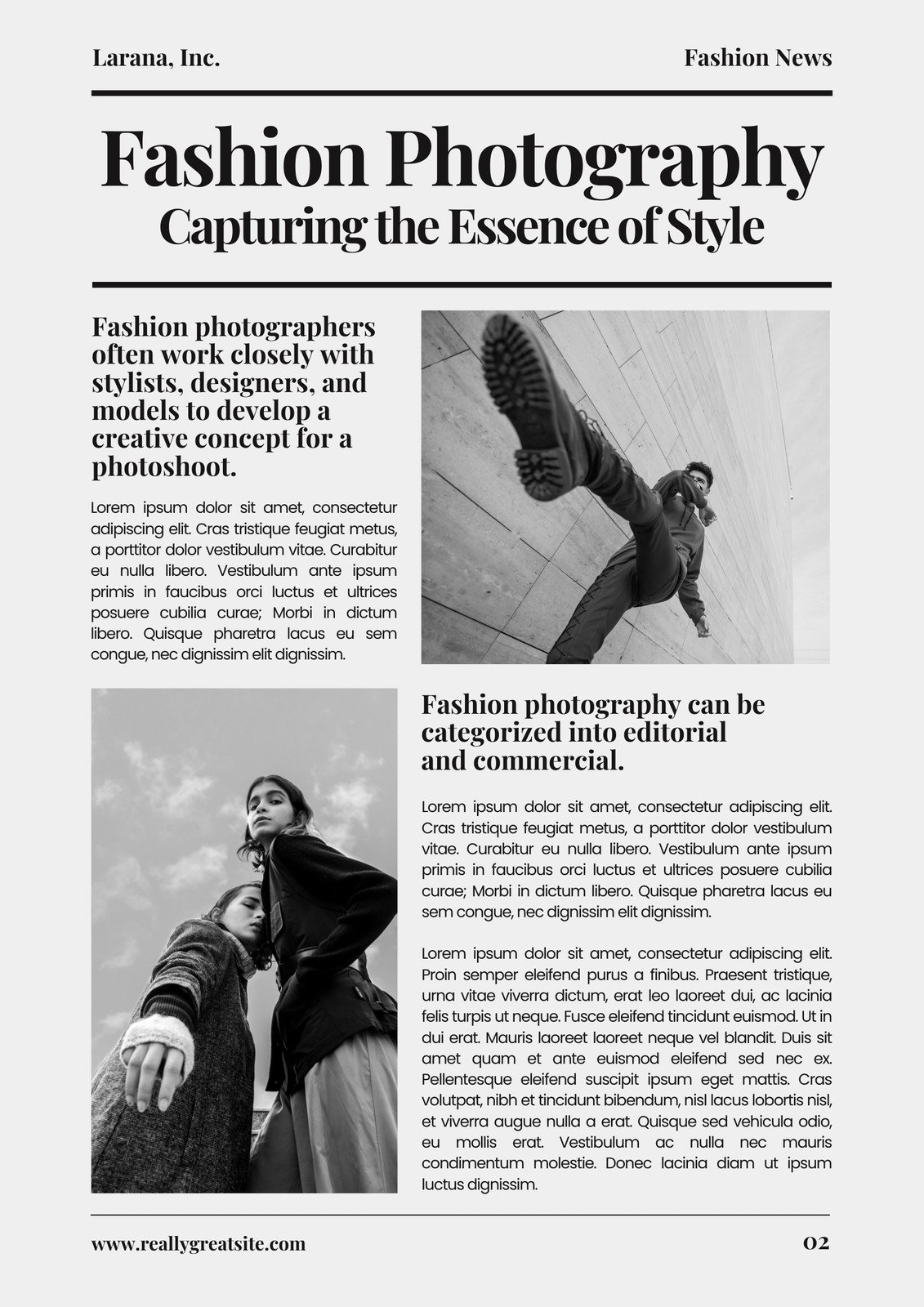News Articles Fundamentals Explained
News Articles Fundamentals Explained
Blog Article
News Articles for Dummies
Table of ContentsGetting The News Articles To WorkThe 7-Minute Rule for News ArticlesIndicators on News Articles You Should KnowThe 25-Second Trick For News ArticlesThe 5-Minute Rule for News Articles
Great expertise of different subjects gives trainees an one-upmanship over their peers. Although digital and social media sites are readily available, we must not fail to remember how vital it is to read the papers. Parents need to attempt and instill the routine of checking out a paper as an everyday regimen to continue the legacy of the adored print tool.News tales additionally consist of a minimum of one of the adhering to essential attributes about the desired target market: distance, prominence, timeliness, human passion, quirk, or repercussion. The relevant term journalese is sometimes used, usually pejoratively, to refer to news-style writing. Another is headlinese. Papers normally follow an expository writing design.
Within these limits, newspaper article also intend to be detailed. Nevertheless, various other variables are included, some stylistic and some originated from the media kind. Amongst the bigger and more recognized papers, fairness and equilibrium is a significant consider offering info. Discourse is normally restricted to a different area, though each paper might have a different general slant.
Newspapers with an international audience, for instance, often tend to use a more official design of creating. News Articles.; typical design guides consist of the and the United States News Style Publication.
Fascination About News Articles
Generally, reporters will not utilize a long word when a short one will do. They utilize subject-verb-object building and brilliant, energetic prose (see Grammar). They use narratives, examples and allegories, and they seldom depend upon generalizations or abstract ideas. Information writers try to avoid using the same word more than when in a paragraph (often called an "resemble" or "word mirror").
Headings sometimes omit the topic (e.g., "Jumps From Watercraft, Catches in Wheel") or verb (e.g., "Cat female lucky"). A subhead (additionally subhed, sub-headline, subheading, subtitle, deck or dek) can be either a subservient title under the primary heading, or the heading of a subsection of the short article. It is a heading that comes before the major text, or a group of paragraphs of the major message.

Extra signboards of any of these types may show up later in the post (specifically on subsequent web pages) to lure more reading. Such billboards are also used as tips to the article in various other sections of the publication or website, or as ads for the item in other publication or sites. Normal framework with title, lead paragraph (summary in bold), various other paragraphs (details) and contact information.
Example of a hard-lead paragraph NASA is proposing an additional room task. The company's budget request, revealed today, consisted of a strategy to send an additional objective to the Moon. This time around the firm wishes to develop a lasting facility as a jumping-off factor for various other area experiences. The spending plan demands roughly $10 billion for the job.
The NASA statement came as the agency requested $10 billion of appropriations for the project. An "off-lead" is the second most vital front web page news of the day. The off-lead shows up either in the leading left edge, or straight listed below the lead on the. To "hide the lead" is to begin the article with history information or information of additional relevance to the viewers, compeling them to review more deeply into an article than they need to need to in order to discover the crucial points.
The Main Principles Of News Articles
Common use is that or more sentences each develop their own paragraph. Journalists normally explain the company or structure of an information tale as an upside down pyramid. The important and most interesting aspects of a tale are placed at the beginning, with sustaining information following in order of reducing significance.
It permits individuals to discover a subject to just the deepness that their inquisitiveness takes them, and without the imposition of information or nuances that they might consider unnecessary, yet still making that info available to more interested readers. The upside down pyramid framework additionally makes it possible for articles to be cut to any type of approximate length throughout design, to fit in the space available.
Some authors begin their tales with the "1-2-3 lead", yet there are lots of kinds of lead available. A twist can refer to several points: The last tale in the best site news program; a "satisfied" tale to finish the show.
Longer write-ups, such as magazine cover articles check this and the pieces that lead the within areas of a paper, are referred to as. Attribute tales differ from straight information in several ways. Foremost is the lack of a straight-news lead, many of the moment. As opposed to offering the significance of a story up front, function writers might try to lure visitors in.
Fascination About News Articles
A feature's very first paragraphs commonly relate an intriguing moment or event, as in an "anecdotal lead". From the particulars of a person or episode, its sight rapidly expands to generalities concerning the story's topic.

The Editor's Toolbox: A Referral Guide for Beginners and Professionals (2001) Allan M. Siegal and William G. Connolly. The New York City Times Manual of Style and Use: The Authorities Design Overview Made Use Of by the Writers and Editors our website of the Globe's Most Authoritative Newspaper (2002) M. L. Stein, Susan Paterno, and R.
Report this page